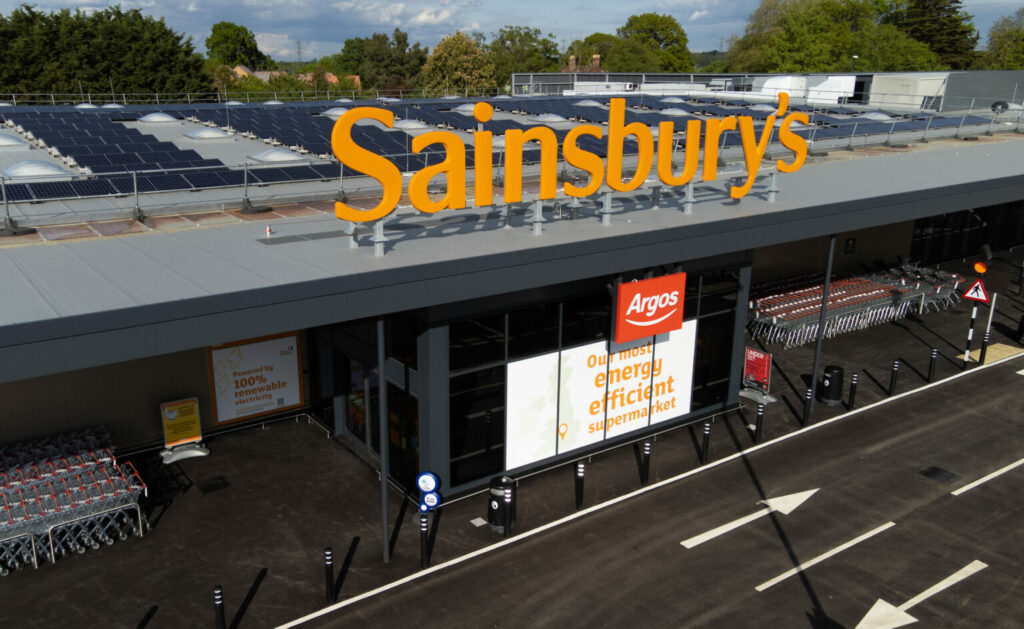Jon Copestake, Retail Analyst at The Economist Intelligence Unit:
“There is no doubt that Clarke should be given more time to enact his turnaround plan for Tesco but, despite a good period of Christmas trading, the jury is still out over Tesco‘s performance so far under his leadership. Falling profits can be attributed mainly to the substantial write-downs related to Tesco‘s exit from the US, as well as the revaluations of its UK property portfolio and its operations in the Czech Republic, Poland and Turkey. But the cost of turning round its UK business has also taken a toll, given the domestic market accounts for two-thirds of the retailer‘s fortunes (both in revenue and profit terms).
“Not only is UK consumer spending weak, but Tesco has also found its domestic share squeezed by competitors at the premium and discount end of the market. Mr Clarke ousted the UK chief executive over a year ago to take closer control of domestic affairs. But some of the decisions taken such as piecemeal investments in Giraffe and Harris + Hoole seem to complicate the previous “back to basics” strategy that focused on providing better service and store revamps.
“Exiting the US market is likely to be the main focus for many observers, however. This decision is long overdue given that the Fresh & Easy division failed to make a profit in 7 years of operating. However, a refocus on the UK market should not come at the expense of other foreign investments. Though profits in Asia have been hit in the past year by trading restrictions in Korea as well as market slowdowns and currency shifts, they have more than doubled in the past five years. They should be set to grow further now that Tesco has sold of its underperforming Japanese operations.”
Neil Saunders, Managing Director of analyst firm Conlumino:
“On the home front, while Tesco‘s results remain muted there is a sense that the business is now heading in the right direction as the “Build a Better Tesco” strategic plan starts to deliver. While for the full year, LFL sales remain in negative territory there is a clear momentum over the reporting period with a particularly strong performance in quarter 4 (LFLs up 0.5%), which encompasses the all-important festive trading period. Given the scale and maturity of Tesco‘s business and the highly competitive state of the market this is a solid underlying performance that indicates that some of the initiatives are now having an impact on consumer behaviour.
“Over the next few years, the clear priority in the UK is investment in the customer experience across all channels, but especially in-store. This is something Tesco has been guilty of neglecting in the past and it has damaged customer loyalty, retention and, ultimately, sales. Going forward, given that Tesco‘s growth will be much less reliant on opening new space, getting more out of existing stores becomes doubly important. The refreshes, which now number 300 stores and around a quarter of Tesco‘s UK selling space, are not necessarily ground-breaking in their thinking but they are a significant step up and provide a more pleasant and engaging shopping experience for the consumer.
“The various acquisitions and partnerships Tesco has put in place, including Giraffe, Harris + Hoole and Euphorium bakery, provide a clear indication that it intends to significantly enhance the future in-store experience by introducing strongly branded added-value propositions. Directionally, we believe this thinking is correct and it demonstrates that Tesco clearly understands the importance of providing differentiation over and above competitors, giving its stores more of a destination status, and the increasing importance of leisure within traditional retail.”
Joshua Raymond, analyst at Cityindex
“Tesco saw pre-tax profits fall 51.5 per cent to £1.96 billion with full
RELATED STORIES

















